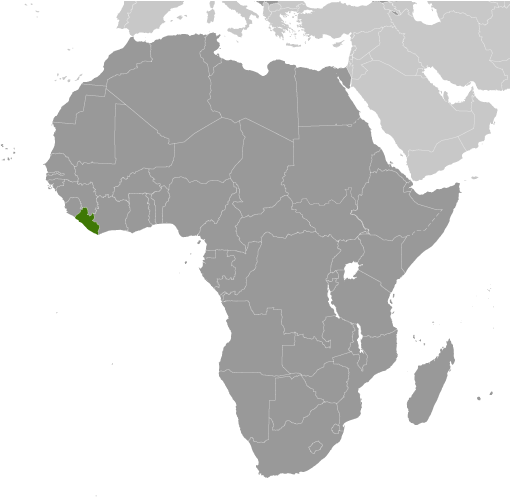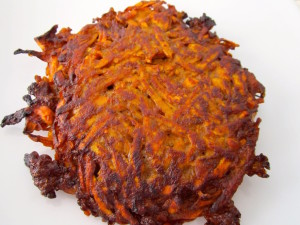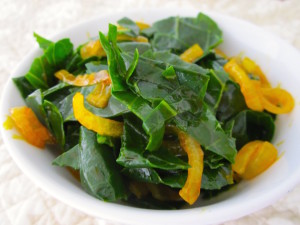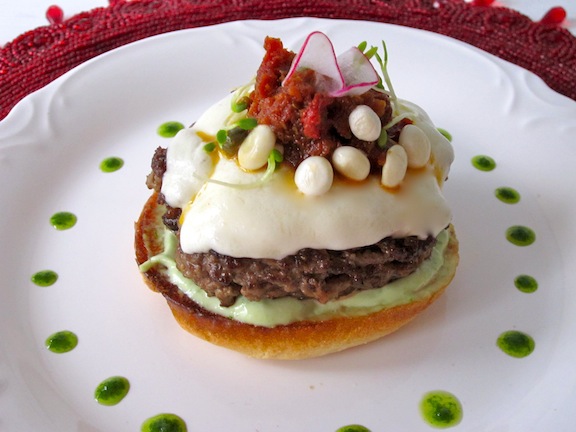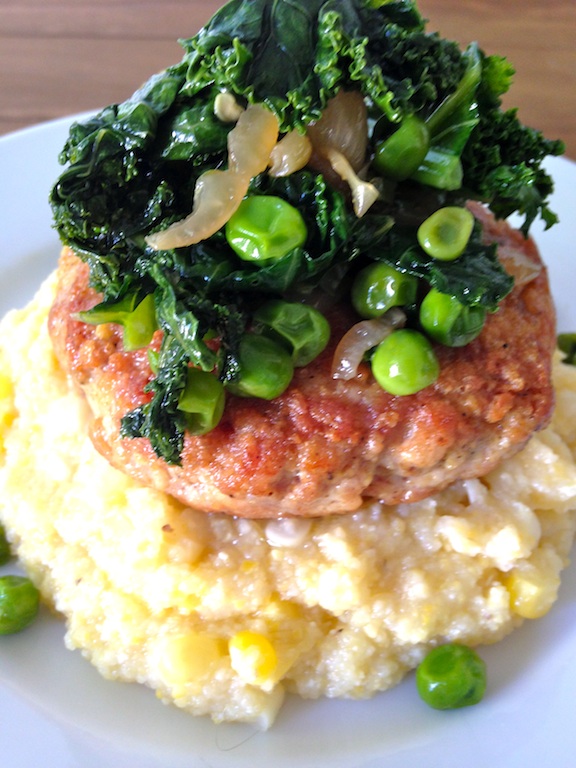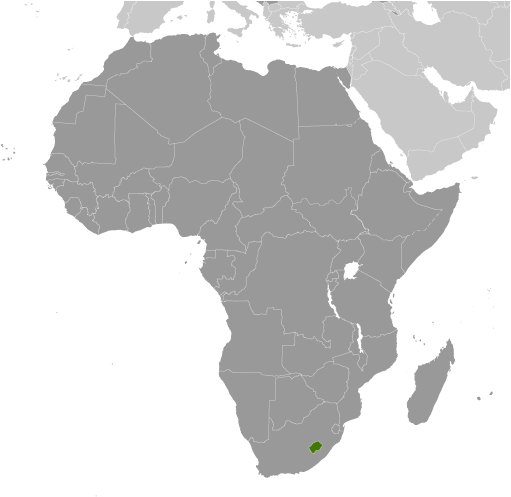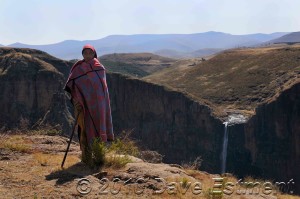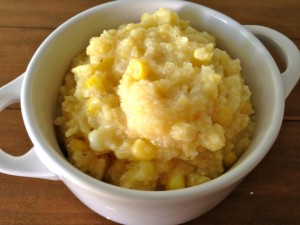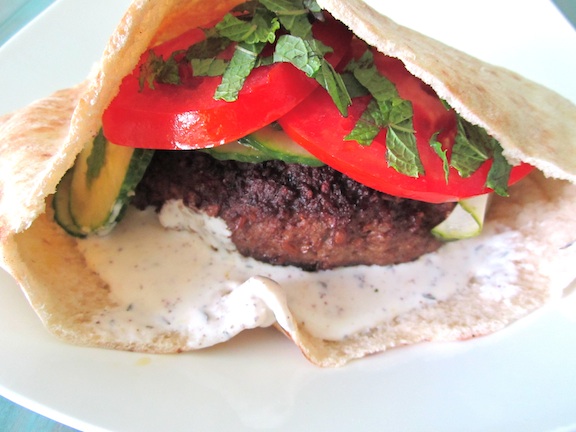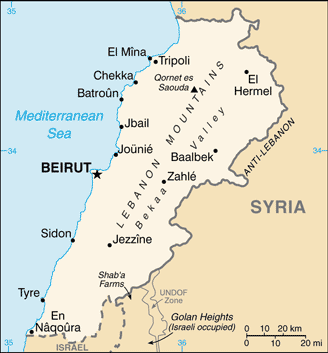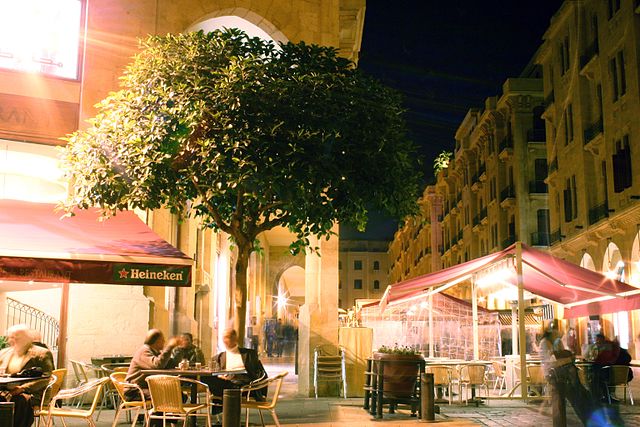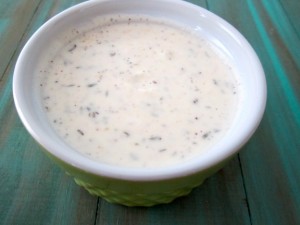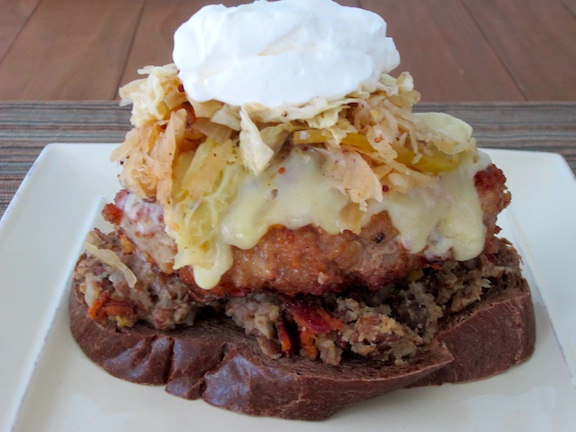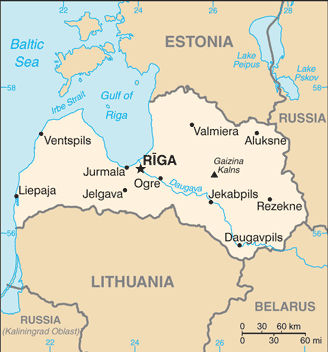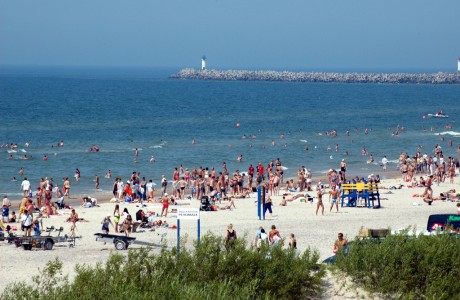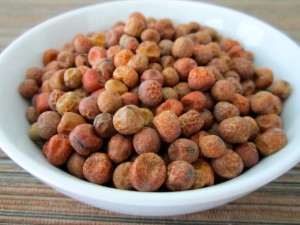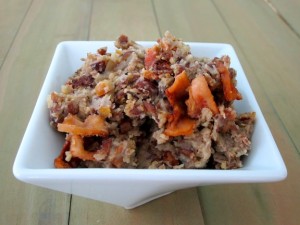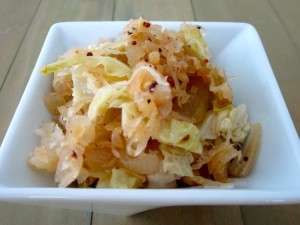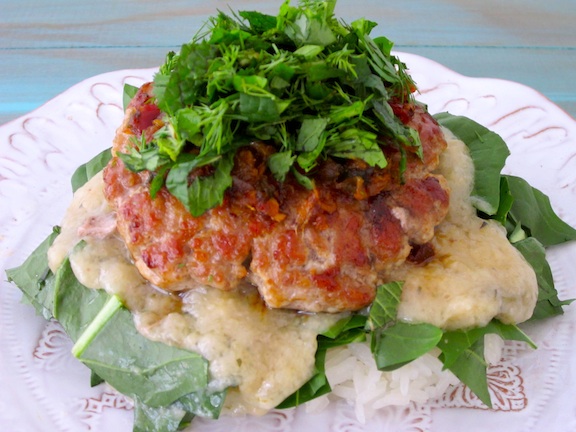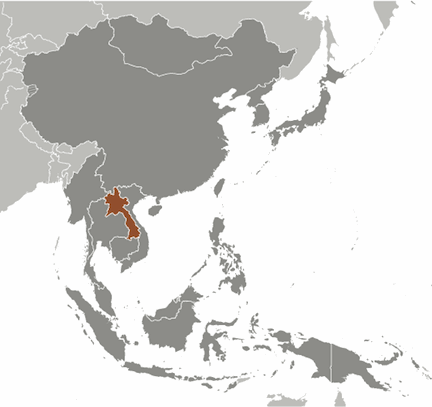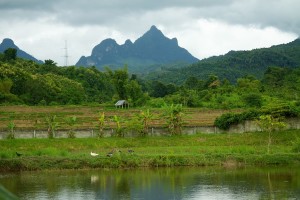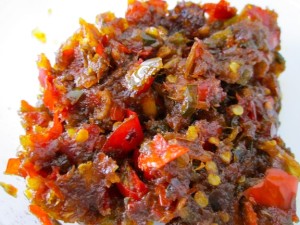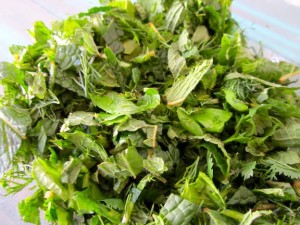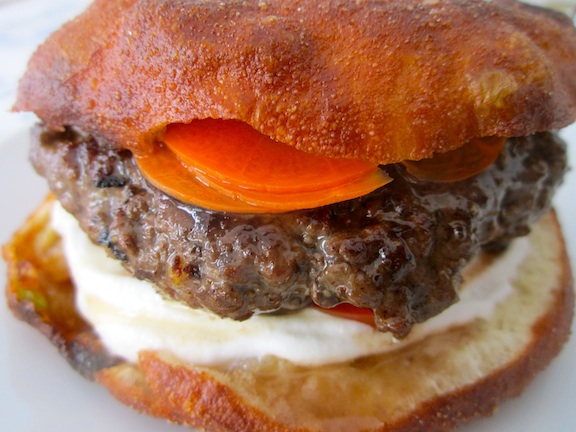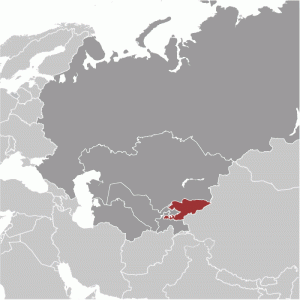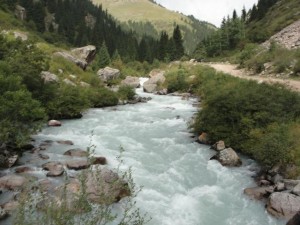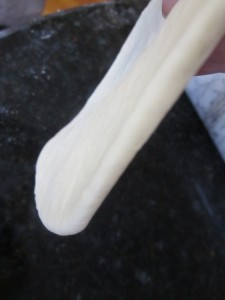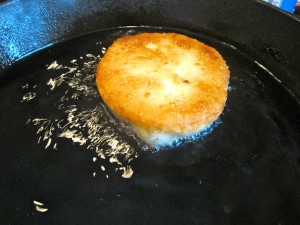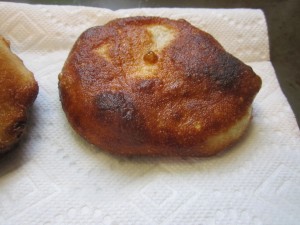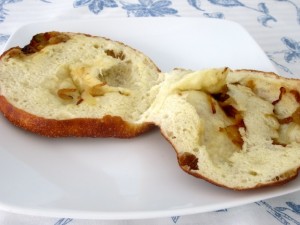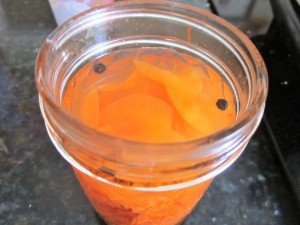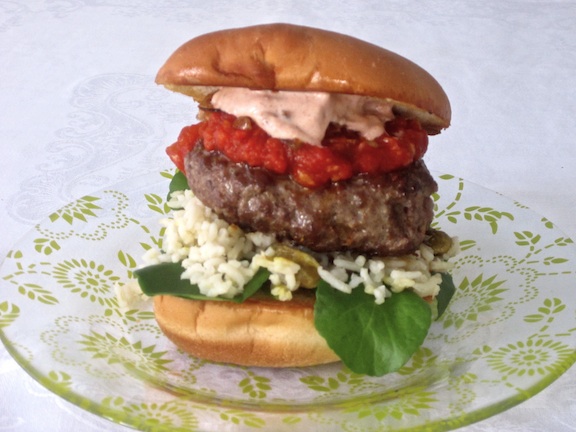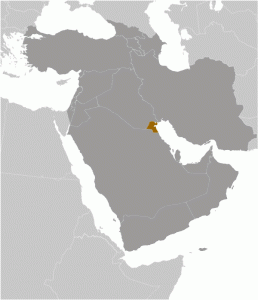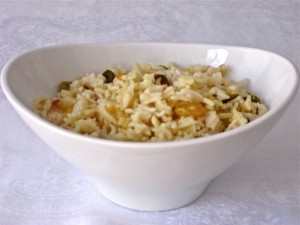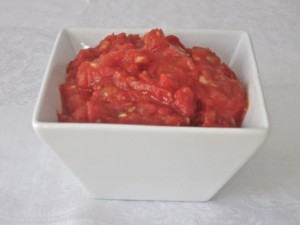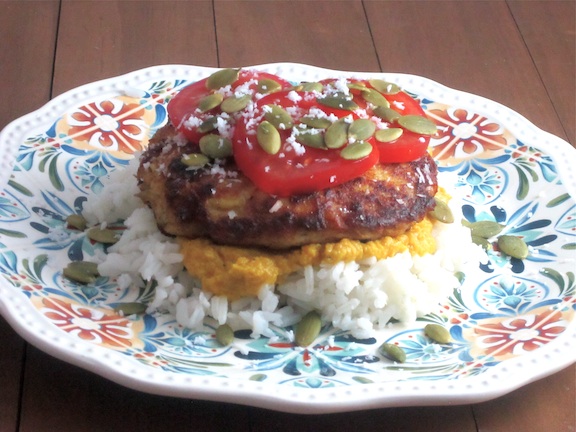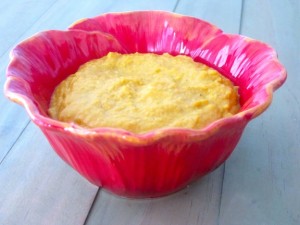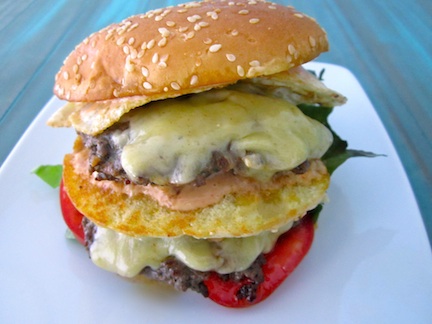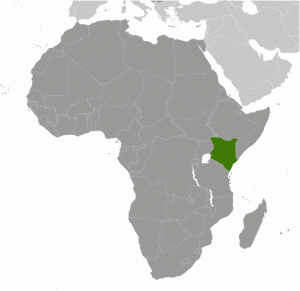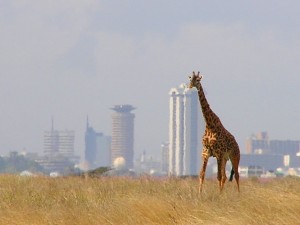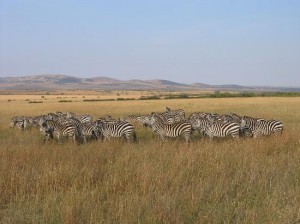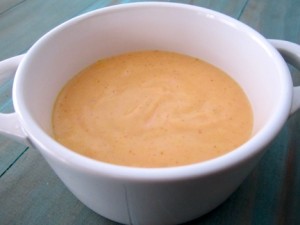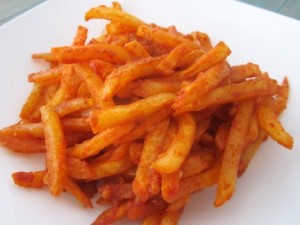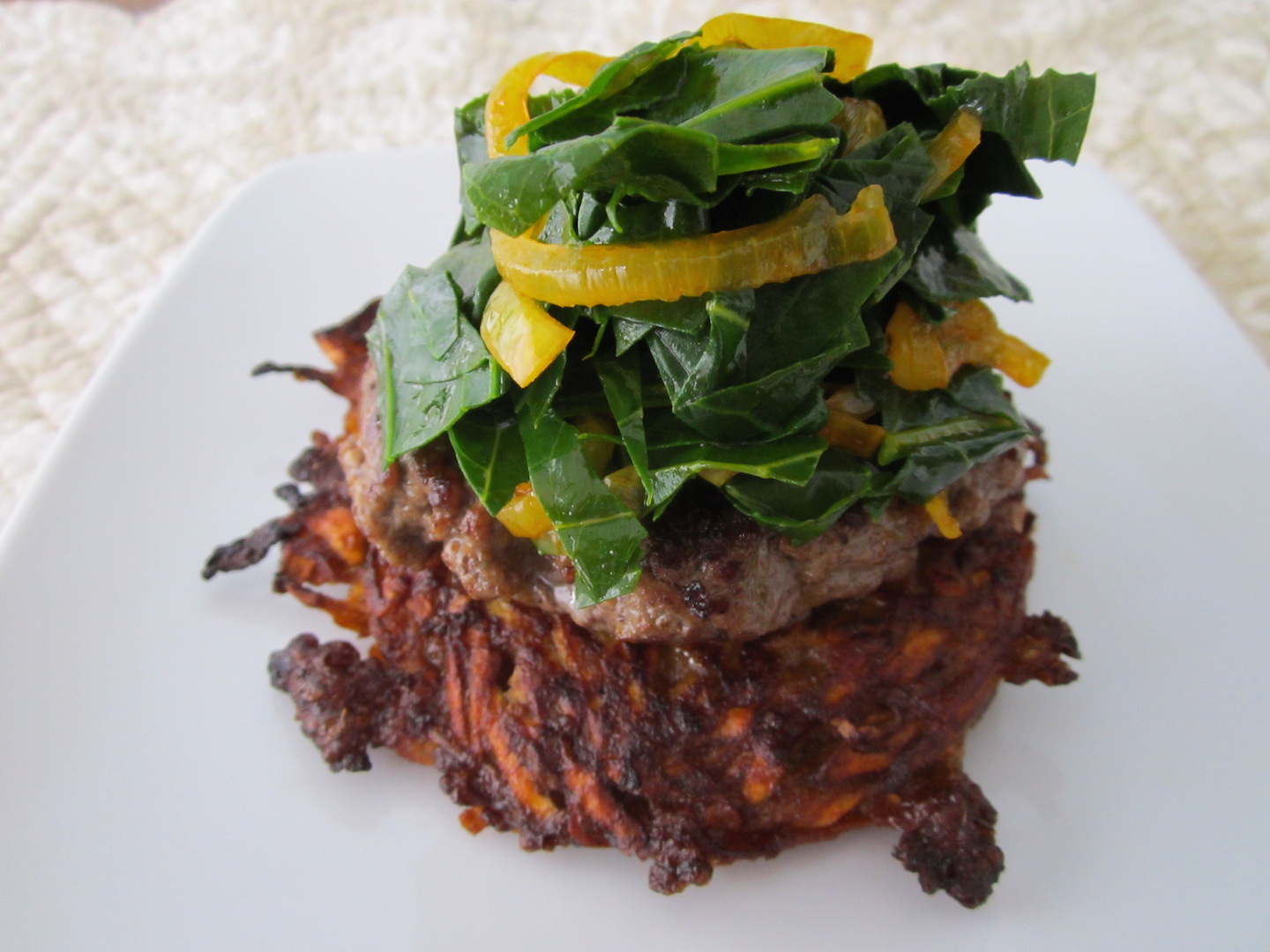 Burger with Spicy Greens on a Sweet Potato Pancakes –
Burger with Spicy Greens on a Sweet Potato Pancakes –
The snow is finally (almost) gone, and we have dug out of the winter craziness. It must be time to get back to burgers. Luckily we get to start things off with both an interesting country and a scrumptious meal. We’ve finally (only two years behind schedule) reached the mid point, number 96 of 192 countries. Liberia here we come! Liberia is a country on the coast of Western Africa bordered by Sierra Leone, Guinea and Côte D’Ivoire. The history of this country is unique.
Rather than being colonized as so much of Africa, Liberia was founded a little differently. The journey began in 1815. After the American Revolution, free African Americans struggled to find work and community in the US. Some free blacks and whites began to work together to “solve this problem.” At this time, the idea of whites and blacks mingling and living together seemed impossible to most. From this tension came the idea to return free blacks to Africa.
In 1815, Paul Cuffee, an African American entrepreneur, financed a voyage to Sierra Leone. He helped settle a small group of immigrants with the dream that they would be able to set up a trade network, educate local black with the skill that the immigrants brought from the west, and live a life free of the restraints of the US limits on black freedom.
In 1820, the American Colonization Society (ACS), a white dominated organization sent another group of immigrants to Africa. They started on an island in Sierra Leone, but it was swampy and disease ended up being a huge problem. So, with the help of the British, the group convinced the locals to sell some coastal land and so began the settlement that would eventually become Liberia. The early history of Liberia is fraught with conflict. Conflict between the immigrants and the native populations and conflict between the immigrants and the ruling government (originally governed by representatives chosen by ACS).
Fast forward to 1847 and Liberia declares independence. This independence was not recognized by the US until 1862. I wish I could say it was smooth sailing from there, but it wasn’t. Liberia has continued to struggle with conflict between decedents of American immigrants and native people. There has been corruption and civil war (which lasted 14 years). Relative peace was established in 2011, and Liberia has been slowly working to rebuild and strengthen its infrastructure. The recent Ebola outbreak has been a set back to the progress that has been made over the last few years. New cases have slowed dramatically and there is hope that the spread will be contained some time this year.
With such an interesting history, there was no doubt that the food would be equally interesting. While only about 5% of the population is decedents of American immigrants, they have been extremely influential. This group has been over represented in government and community leadership. These immigrants brought skills learned in the US, but they also brought food traditions and flavors. So, while the original slaves brought food traditions from Africa to the US (especially the South), their decedents reversed the process and brought southern cooking to Africa. The result is a fabulous blend of fatty sweetness and exotic spiciness. We have spicy greens that you expect from this part of the world, with that warm red palm oil flavor and habeneros to spice it up. Then I brought the south to our burger by making sweet potato pancakes with the homey flavors of cinnamon and molasses. The result is amazing. I don’t even like sweet potatoes, but I loved the balance of the sweet with the spicy greens and the meaty burger. I liked the combination so much I made the sweet potato pancakes a week later with spicy pork chops – yum!
If this sounds good to you, I recommend you try the Cote D’Ivoire burger; it’s got classic flavors from the region and is a personal favorite of mine.
Liberian Burger
1 pound ground beef
2 teaspoons kosher salt
1½ ground pepper
Sweet Potato Pancakes (recipe below)
Spicy Greens (recipe below)
Form four patties out of the ground beef. Generously salt and pepper each side of the patties. Cook to desired temperature. To serve place cooked patties on top of the Sweet Potato Pancakes and top with the Spicy Greens
Sweet Potato Pancakes
4 cups grated sweet potatoes (use large holes on a box cheese grater, or food processor)
½ teaspoon ground cinnamon
½ teaspoon allspice
1 teaspoon kosher salt
3-6 shakes Tabasco sauce
2 Tablespoons molasses
2 eggs
Peanut oil
Combine first six ingredients and let sit for 15 minutes. In a small bowl, lightly beat the 2 eggs. Add the eggs to the sweet potato mixture. Form the mixture into four disks (about ½ inch thick). Heat ¼ inch of peanut oil until shimmering. Cook the cakes in the oil until warm through and brown on each side (because of the molasses, this will brown more than you might expect, don’t worry, it will taste delicious). Set on paper towel until ready to serve.
Spicy Greens
1 Tablespoon red palm oil
1 onion halved and sliced
2 cloves garlic chopped
1 habenero pepper sliced
4 cups collard greens chopped (remove big stems)
In a large sauté pan, heat palm oil over medium heat. Add onions, garlic and peppers and cook until soft and translucent.
In the meantime, put greens into boiling water for 2-3 minutes then shock them in an ice bath. Once they are completely cool, drain the excess water.
Remove the peppers from the sauté pan and add the greens. Sauté for 1-2 minutes just until greens are heated through and coated in the onion mixture.
Serve warm.
©Copyright 2015 Linda Monach

